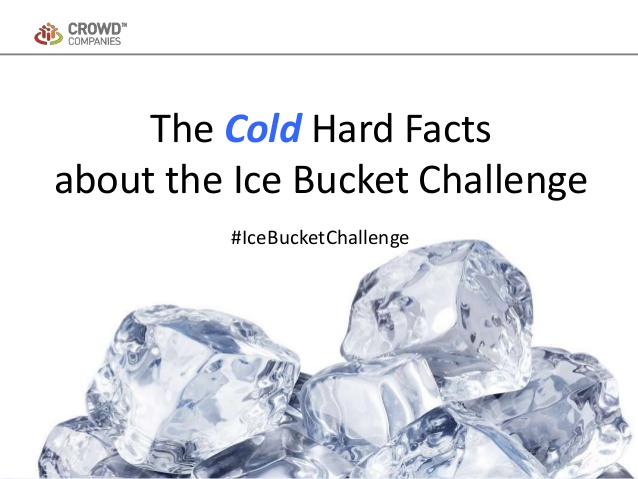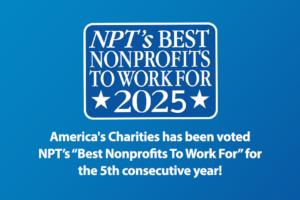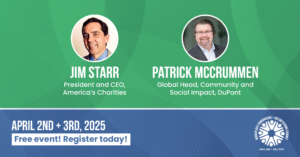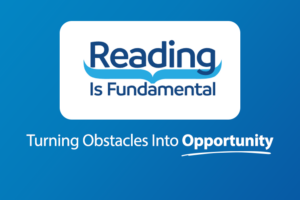Sarah Ford | August 27, 2014
Ice Bucket Challenge: Can Other Nonprofits Reproduce It?
By Beth Kanter
Is success of the Ice Bucket Challenge a happy accident for ALS and the people who suffer from the disease or is the first example of the power of crowd charity? Can other nonprofits reproduce it? My answer: yes and no.
The Ice Bucket Challenge has raised over $88.5 Million Dollars to fight the horrible disease, according to the ALS Association web site. Just one week ago, donations totaled $22.6 million. In just seven days, donations have skyrocketed by an average of $9 million per day, now totaling $88.5 million. And critics, with a scarcity mindset, talk about slacktivism (“Not everyone who did the challenge donated or even mentioned ALS”) and fundraising cannibalism (“People won’t donate to other charities because they will be tapped out”). Nonprofit insiders are watching and debating how ALS will use the money and the donor retention strategy. And, of course the valid concern of wasting water in a drought.
One has to step back and marvel at the most successful networked fundraising campaigns in the history of social or crowd fundraising. The numbers speak for themselves.
When Allison Fine and I wrote the Networked Nonprofit we were talking about how nonprofits needed to work less like isolated institutions and more like networks, considering the “crowds,” people inside and outside their organizations and other similar nonprofits as valuable to their work. We are in the collaborative economy or sharing economy – and we now have “crowd companies.” Why not “crowd nonprofits” that share program delivery, administration, and fundraising. The question on my mind is: Is the success of the Ice Bucket Challenge a happy accident for ALS fundraising and the people who suffer from the disease or is the first example of the power of crowd charity?
Let’s look at the possible factors that caused philanthropy to run wild and capture the attention of so many people, inspire them to participate, and donate to stop the disease. What can or cannot be reproduced?

Get Resources and Insights Straight To Your Inbox
Explore More Articles
For Fifth Consecutive Year America’s Charities Named ‘Best Nonprofit To Work For’
Washington, D.C. – April 1, 2025 – America’s Charities, the nonprofit that mobilizes the power of giving as a leading provider of volunteering, workplace giving,…
Read ArticleWorkplace Fundraising + Volunteering Summit (April 2nd and 3rd, 2025)
Join us in attending this virtual summit! The America’s Charities team is joining up with other leading voices in the workplace giving space for a…
Read ArticleThe Time to Act is Now
The results of the 2024 National Assessment of Educational Progress (NAEP) are in, and the findings are, in a word, heartbreaking. This assessment serves as…
Read ArticleGet Resources and Insights Straight To Your Inbox
Receive our monthly/bi-monthly newsletter filled with information about causes, nonprofit impact, and topics important for corporate social responsibility and employee engagement professionals, including disaster response, workplace giving, matching gifts, employee assistance funds, volunteering, scholarship award program management, grantmaking, and other philanthropic initiatives.




